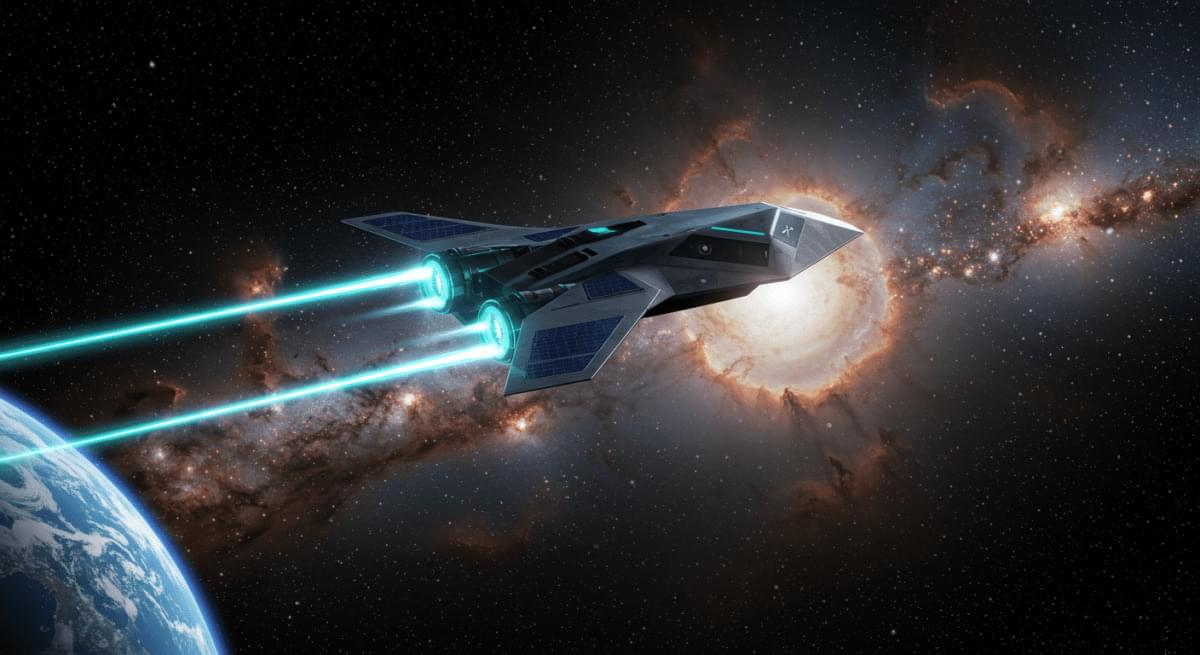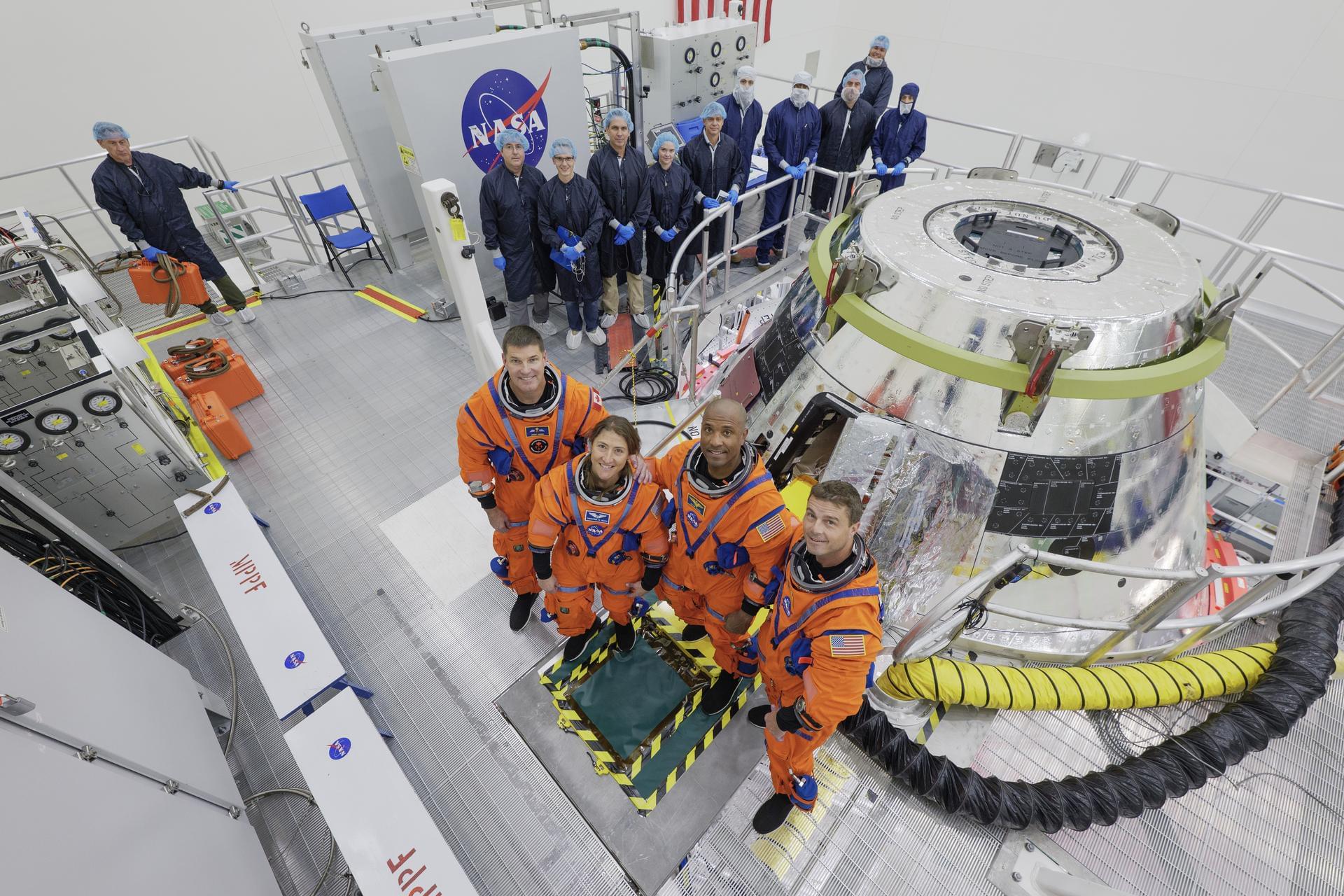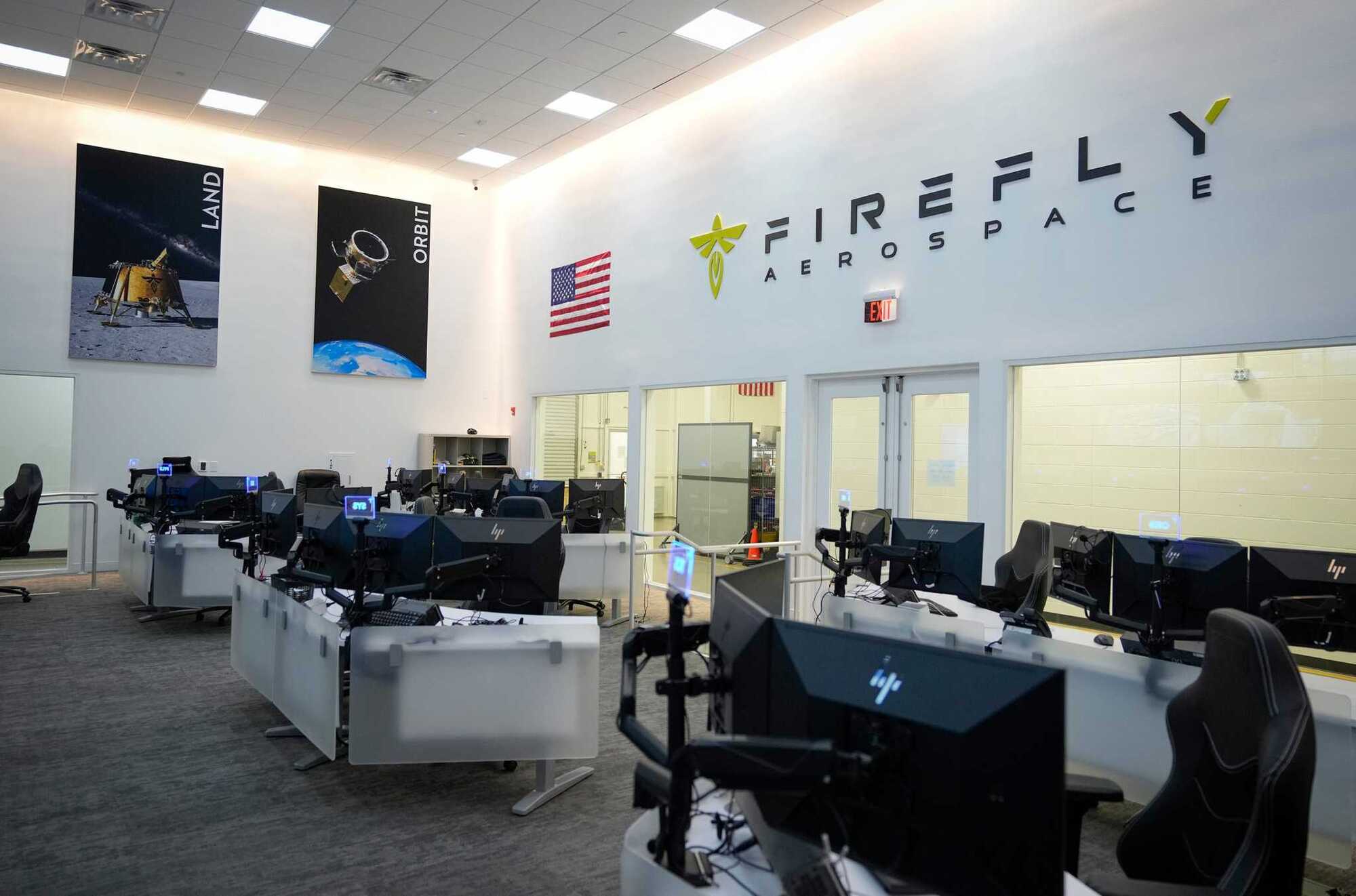Rosatom scientists have announced the development of a plasma electric rocket engine that they claim could send spacecraft to Mars in just one to two months.
As reported by Russia’s Izvestia newspaper, unlike traditional rocket engines that rely on fuel combustion, this innovative propulsion system utilizes a magnetic plasma accelerator and promises to reduce interplanetary travel time significantly.
Russian scientists claim to have developed a plasma electric rocket engine that could enable travel to Mars in just one to two months.






